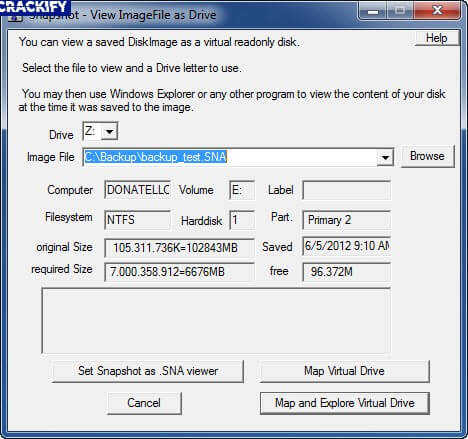
snapshot]# cd first_snap]# cat first_snap]# cd second_snap]# cat second_snap]# cd first_snap]# cp file.txt /mnt/testĬp: overwrite ‘/mnt/test/file.txt’? first_snap]# cd test]# cat file. 2 root root 0 Feb 3 06:59 first_snapĭrwxr-xr-x. The files in the snapshot directories are read only and cannot be modified, but can be copied for restoring the file into the client share.

In each snapshot directory, I can find a view of all the files were exist in the same point in time the snapshot was taken. In that directory I can find all the snapshots which are related to the mounted DC. In my client, under the mount point I created, I can enter an hidden directory called 'snapshot. Now, by viewing the Elastifile DC I created, I can find my 2 snapshots. test/root ~]# mkdir ~]# mount 172.22.0.1:/test/root ~]# df -hįilesystem Size Used Avail Use% Mounted onġ72.22.0.1:/test/root 1000G 0 1000G 0% ~]# cd test]# vi test]# cat file.txtĪfter that, I will write more data on the same file and take another snapshot called 'second_snap'. I create a text file and write some data, and then take a snapshot called 'first_snap'. In the following example, I will mount an Elastifile DC called "test" on a linux client. This options saves you the fast primary storage capacity for your critical application, and put the snapshots on the cheap storage. One of the unique capability of Elastifile is shifting the snapshots to an object store which configured by the same UI.

In addition to that, you can create a manual snapshot as well. Restoring a snapshot will affect the virtual hard drives that are connected to your VM, as the entire state of the virtual hard drive will be reverted as. When using ECFS, you can create snapshots with the scheduler mechanism per data container. Snapshot is a "Point in Time" copy of the data for disaster recovery or backup purposes. Elastifile provides advanced features around the snapshot capability.


 0 kommentar(er)
0 kommentar(er)
